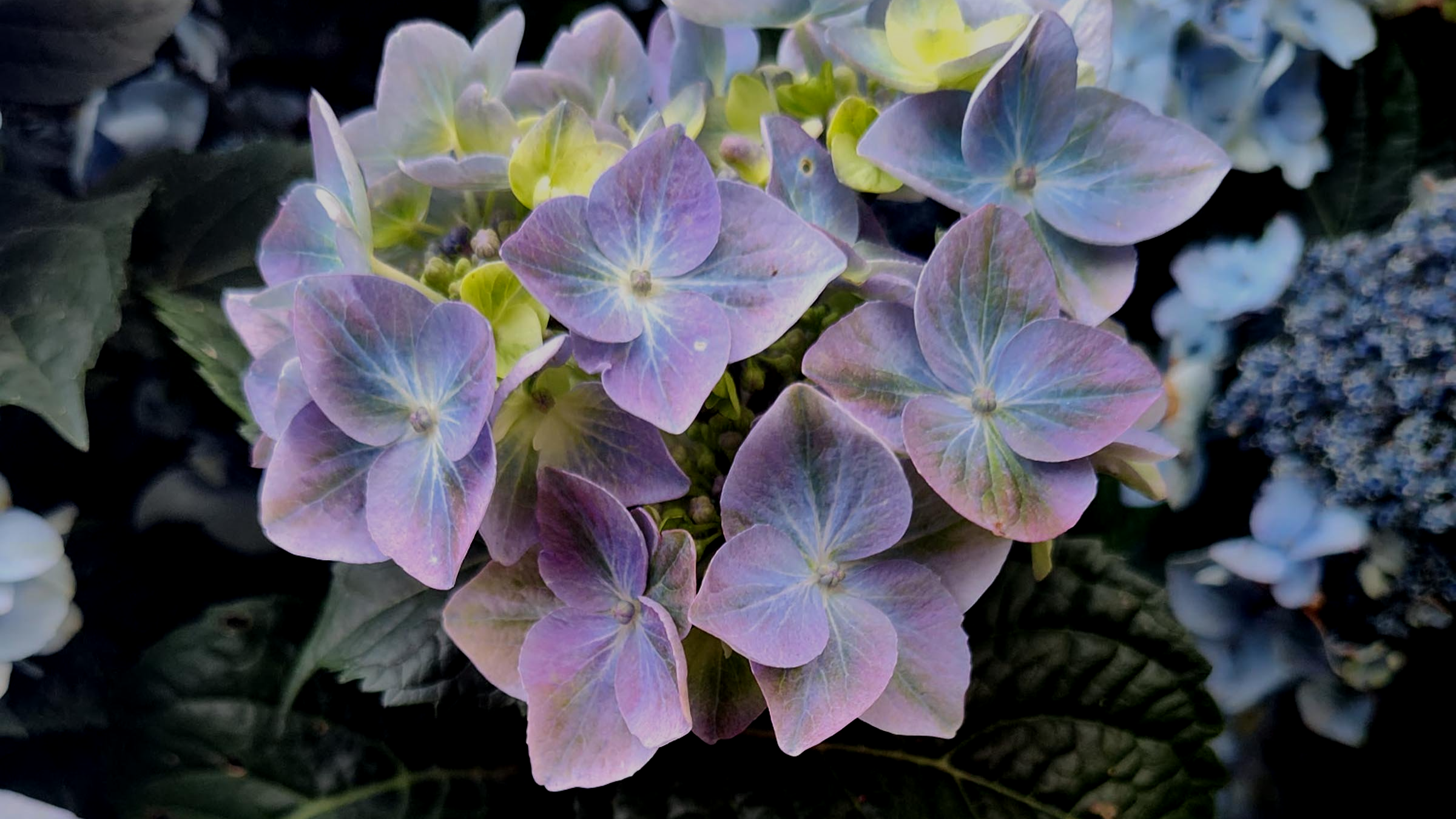With the mercury dipping down into the low thirties, and maybe even some frost for some of you, I am reminded of the often asked question: “How do I save some of my seasonal color for the next season”. It’s only a matter of time before a really good hard frost is going to make that question moot. So, if you are serious about trying to preserve some of your investments that you made this year, time is of the essence.
As I think about the seasonal color I like to spread around my garden, there are only a couple of plants that I think are worth preserving for the following spring. Geraniums are the first to come to mind. If you want to keep your geraniums for the next season, then it is time to dig them up and move them into a frost free location, like the garage. It is important that there is either natural light from a window or an inexpensive fluorescent shop light. I am convinced that geraniums like to be abused, or to put it another way, they can thrive on neglect. After you dig them up from the garden, you can unceremoniously jam them into the smallest pot they will fit in and chop them back half way to the soil surface. Keep them on the dry side during the winter and as the months go by, you will start to notice new growth emerging close to the base of the plant. At that time, cut back all the old leggy limbs and increase the watering, along with adding a diluted liquid fertilizer. Watch for bugs (which you should have ideally done when you first brought them inside) and if the new growth gets too stretched out, pinch out the tips of the stems, which will cause them to branch. Once all danger of frost is over, you can put them outside and they will be twice as big as the year before. Some gardeners that I know have kept their geraniums for years by following this procedure. Others prefer to just start fresh every spring.
The second plant that I think is well worth saving is the Bolivian begonia - of which ‘Bonfire’ is my favorite. Bolivian begonias will form a tuber by this time of year and all you need to do to keep them is to cut off all the foliage and place the tuber - with its soil -in a cool dry location for at least two months. It is important that they go through this dormant period. Keep an eye on them and make sure they don’t rot. Come January or early February you can start to water and fertilize them lightly and you should see signs of new growth. If you can add a heating mat underneath them it will help to heat up the soil, which will move them along a little faster. Put them outside in late April, after all danger of frost. Bolivian begonias that have been over wintered can get 3 to 4 times as large as they did the first season. I have one that I have kept going for over 10 years and the tubers are now the size of a small cow pie.
Over the years I have taken cuttings of coleus, attempted to save Mandevillas, Abutilons and other tender perennials and shrubs and I have pretty much decided that for most plants, I would rather just buy some new ones in spring. Nevertheless, it is fun to experiment so go ahead and give it the old college try and let me know how it all turns out.



